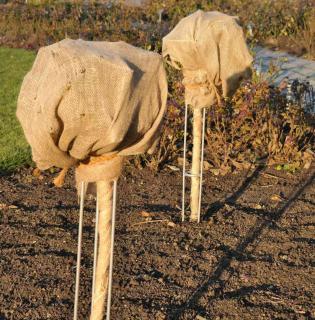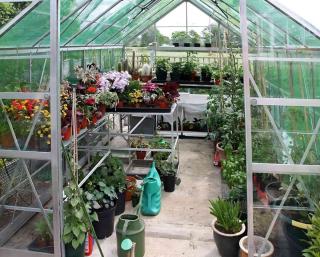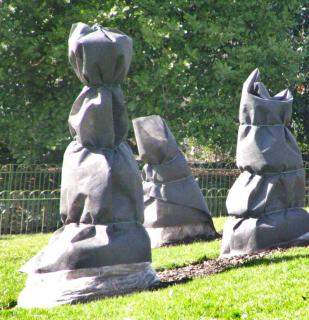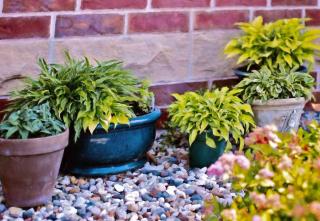

Not all plants are hardy. Some are more delicate and are vulnerable to freezing. Adequate protection from the cold must therefore be provided: winterizing is what this is called.
 Logically, most non-hardy plants are native to tropical regions, or to the Mediterranean. Grown in pots when outside of their ideal climate zone, they must be protected from the cold.
Logically, most non-hardy plants are native to tropical regions, or to the Mediterranean. Grown in pots when outside of their ideal climate zone, they must be protected from the cold.
Plants such as bougainvillea, hibiscus, geranium, fuchsia, oleander, azalea, and all citrus and cactus are considered vulnerable to cold.
Read also:
 Several options are available to protect non-hardy plants. A lean-in, if not heated during winter, is an ideal storage space for these plants, and becomes a bright winter garden.
Several options are available to protect non-hardy plants. A lean-in, if not heated during winter, is an ideal storage space for these plants, and becomes a bright winter garden.
But any dry room with a window that doesn’t freeze will also be fine: a garage, basement, laundry room, garden shed, etc. An ideal temperature range is from 32 to 50°F (0 to 10°C); if that isn’t possible, from 50 to 60°F (10 to 15°C) maximum.
Some plants can even bear spending winter in the dark, and can be kept in the basement. Such plants include geraniums, fuchsia plants and oleander. This is also the case for summer flowering bulbs – dahlias, gladiolus, etc. – as long as the air remains very dry.
 If you lack space to store your garden boxes and pots indoors, wrap them up in plastic bubble wrap or horticultural fleece to protect the roots from the cold as they spend the winter outside. For smaller pots, place a slab of Styrofoam underneath them to insulate them from the cold that might seep in through cement or tiles on the terrace or balcony.
If you lack space to store your garden boxes and pots indoors, wrap them up in plastic bubble wrap or horticultural fleece to protect the roots from the cold as they spend the winter outside. For smaller pots, place a slab of Styrofoam underneath them to insulate them from the cold that might seep in through cement or tiles on the terrace or balcony.
Do not water when weather is freezing, or the water would freeze and weigh heavily on the roots. Plants are in a dormant state over the winter anyway, and need very little water and no fertilizer.
Read also :
 Even if some plants are usually considered hardy, they may be more vulnerable when planted in pots. These pots, if made from clay, can even burst and break when water freezes to ice and expands.
Even if some plants are usually considered hardy, they may be more vulnerable when planted in pots. These pots, if made from clay, can even burst and break when water freezes to ice and expands.
It isn’t necessary to bring them inside, but it helps to place them alongside a wall that is well exposed and sheltered from wind for the winter to pass over without dire consequences.
Laure Hamann
Read also: